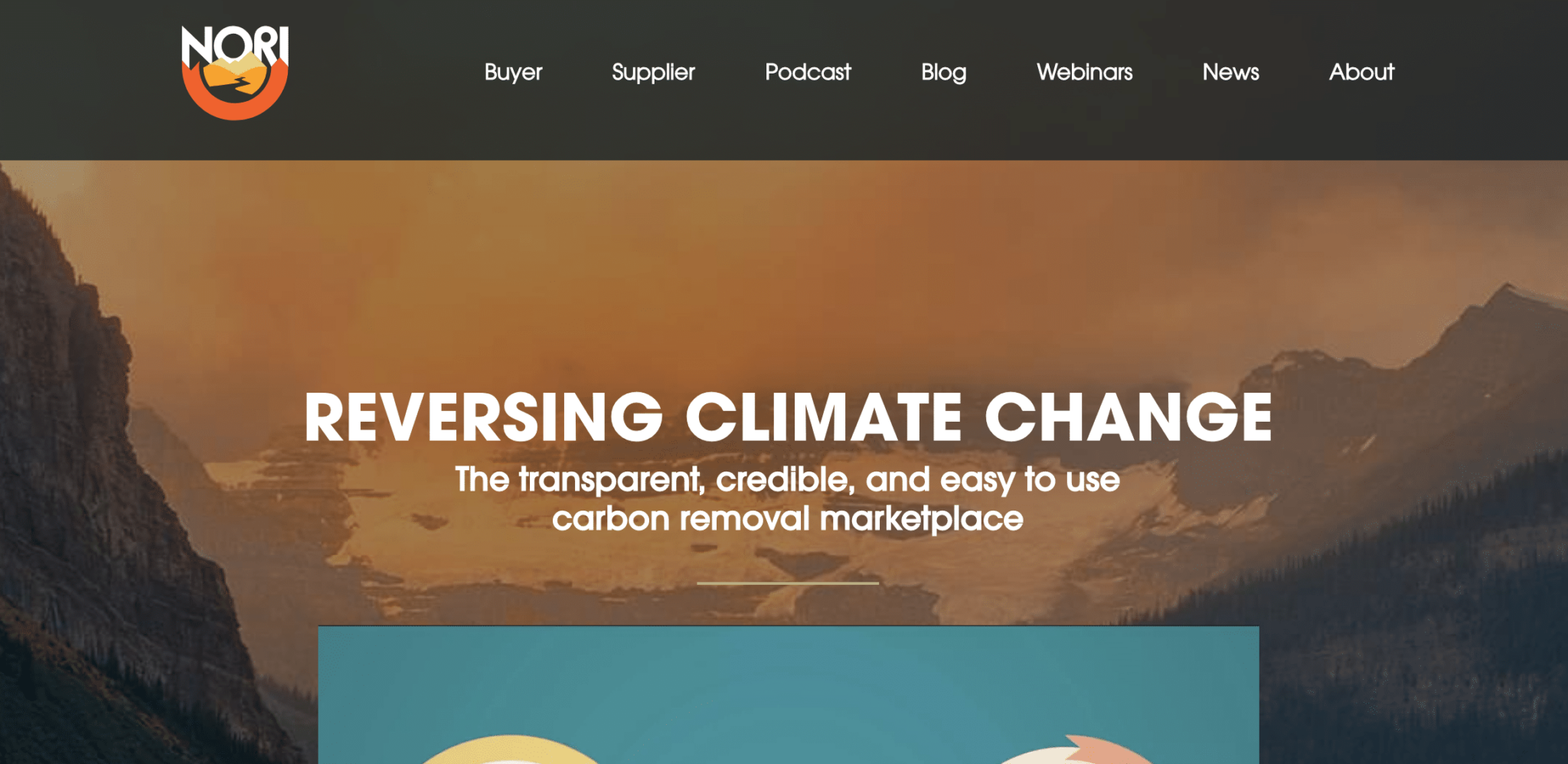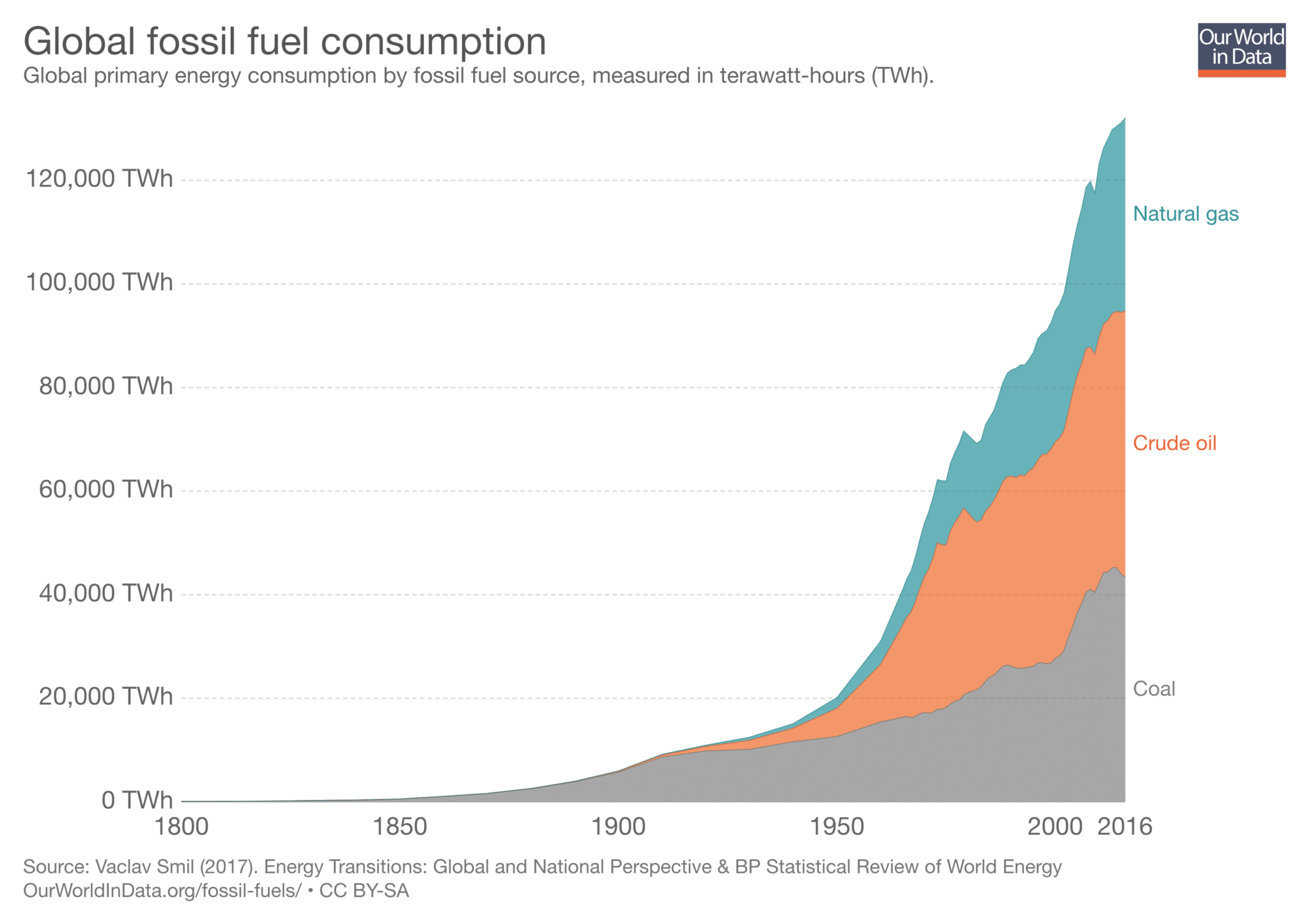One of the major criticisms of Bitcoin is that mining consumes such a vast amount of energy, it must have a negative impact on the environment. While Bitcoin and crypto mining are not necessarily the worst culprits in terms of energy consumption, climate change concerns are real. Humans aren’t doing enough to save the planet we’re destroying. Carbon credits and carbon offsetting may offer a solution, however. The tokenization of carbon assets could provide a way to make these practices more mainstream and effective.
Climate Change and Greenhouse Gases
Despite high-profile deniers who shall not be named, climate change is generally accepted within the science community.
The atmosphere of the Earth produces a natural greenhouse effect. When solar energy hits the surface of the planet, it radiates back again. Gases in the atmosphere trap in some of that heat, while the rest subsequently escapes. Under normal circumstances, this effect maintains the planet at a regular temperature which sustains life on Earth.
Burning carbon-based fossil fuels release greenhouse gases, including carbon dioxide and methane, into the atmosphere. The increase in greenhouse gases means that less heat can escape out of the atmosphere, therefore, the planet warms up. Due to increases in manufacturing and industry, as well as a far bigger global population, we now burn 1,300 times the amount of fossil fuels than we did 200 years ago.
Global warming has various destructive effects. Melting polar ice caps are causing rising sea levels. In turn, this threatens coastal habitats and even inland areas with dangers of flooding and storm surges. In addition, entire species such as the polar bear are now at risk. Global warming is also responsible for our hotter summers and increased incidences of forest fires.
What Are Carbon Credits and Carbon Offsetting?
Carbon credits and carbon offsetting are two separate initiatives that attempt to regulate and reduce the amount of carbon in the atmosphere.
Carbon Credits
The Intergovernmental Panel on Climate Change recognized that putting an actual price on burning fossil fuels would be more likely to make us see its value. Therefore, the Kyoto Protocol introduced the concept of carbon credits.
A carbon credit is a license for a country or organization to emit a certain volume of greenhouse gases. Under the terms of the Kyoto Protocol, each country receives a fixed number of carbon credits. Any business or organization that uses up or exceeds its given quote can purchase additional carbon credits from the open market.
[thrive_leads id=’5219′]
Carbon Offsetting
Carbon offsetting refers to activities which reduce greenhouse gas emissions. This is undertaken as a way to earn carbon credits. Carbon offsetting, therefore, includes renewable energy projects such as wind or solar, burning of methane gas or destruction of industrial pollutants.
Carbon offsetting efforts can be part of the same Kyoto Protocol regulated market as carbon credits, or alternatively, they can be voluntary. To qualify for participation in the regulated market, the offsetting project must take place in a Kyoto-Protocol member country, and be government-sanctioned.
The voluntary market allows individuals or businesses to purchase carbon offsets for their own activities. For example, Emirates, Qantas, and Delta, along with many other airlines, now offer carbon offsetting initiatives to passengers.
Despite the growing acknowledgment by governments that climate change is an issue, not all countries are adhering to the terms of the Kyoto Protocol. Similarly, we need far higher voluntary engagement in individual programs if we are to have any impact on current emission levels.
Enter Blockchain
Blockchain can now enable the tokenization of assets, including real-world physical assets. A number of blockchain projects are now creating innovative solutions for tokenizing carbon offsetting and carbon credits.
Veridium
Veridium brings carbon credits onto the blockchain. The company is working in partnership with IBM and using the Stellar blockchain to tokenize carbon credits traded on international markets. The token is backed by carbon assets which are verified by third parties as meeting international standards.
In addition, the Veridium protocol provides a functionality likely to increase its attractiveness to companies. It calculates the number of carbon credits that a company needs to buy or generate to provide enough carbon offsetting for its footprint. This calculation is one of the barriers for businesses adopting carbon credits, thus providing an incentive for adopting Veridium.
Nori
Nori operates somewhat differently. It’s a blockchain-based carbon removal marketplace. On the supplier side, Nori provides a methodology and verification that a business has performed activities that removed carbon dioxide from the atmosphere. Nori then issues a certificate of authenticity to the supplier.
Anyone can sign up to become a buyer, which means they buy certificates from the suppliers. Effectively, the buyer pays for carbon dioxide removal via the supplier. Buyers and sellers transact using the Nori ERC20 token.

The benefit of Nori is in creating a peer-to-peer connection for carbon offsetting. This reduces the bureaucracy and friction associated with voluntarily purchasing carbon credits, thereby increasing engagement.
Poseidon
Poseidon aims to create a global carbon marketplace starting with the integration of carbon credits into everyday retail purchases. A retailer will integrate the Poseidon protocol into their point-of-sale technology. When a consumer makes a purchase, the retailer will subsequently inform Poseidon, which calculates the carbon footprint of the purchase. This, in turn, triggers a smart contract which spends enough Poseidon OCEAN tokens for carbon offsetting of the purchase.
Poseidon is also built on the Stellar blockchain. Because Stellar has lower energy consumption than other blockchain dApp platform, the company said it was a natural choice.
Conclusion
These projects certainly demonstrate that blockchain is a driving force for change in the world. Blockchain could ultimately enable everyday consumers to integrate carbon offsetting into their daily lives.
Above all, we need to do far more in terms of reducing greenhouse gas emissions than we’re doing today. Using blockchain for carbon offsets and carbon credits is a sure step in the right direction.
Never Miss Another Opportunity! Get hand selected news & info from our Crypto Experts so you can make educated, informed decisions that directly affect your crypto profits. Subscribe to CoinCentral free newsletter now.











